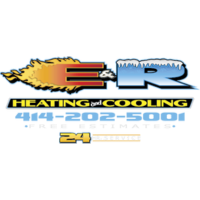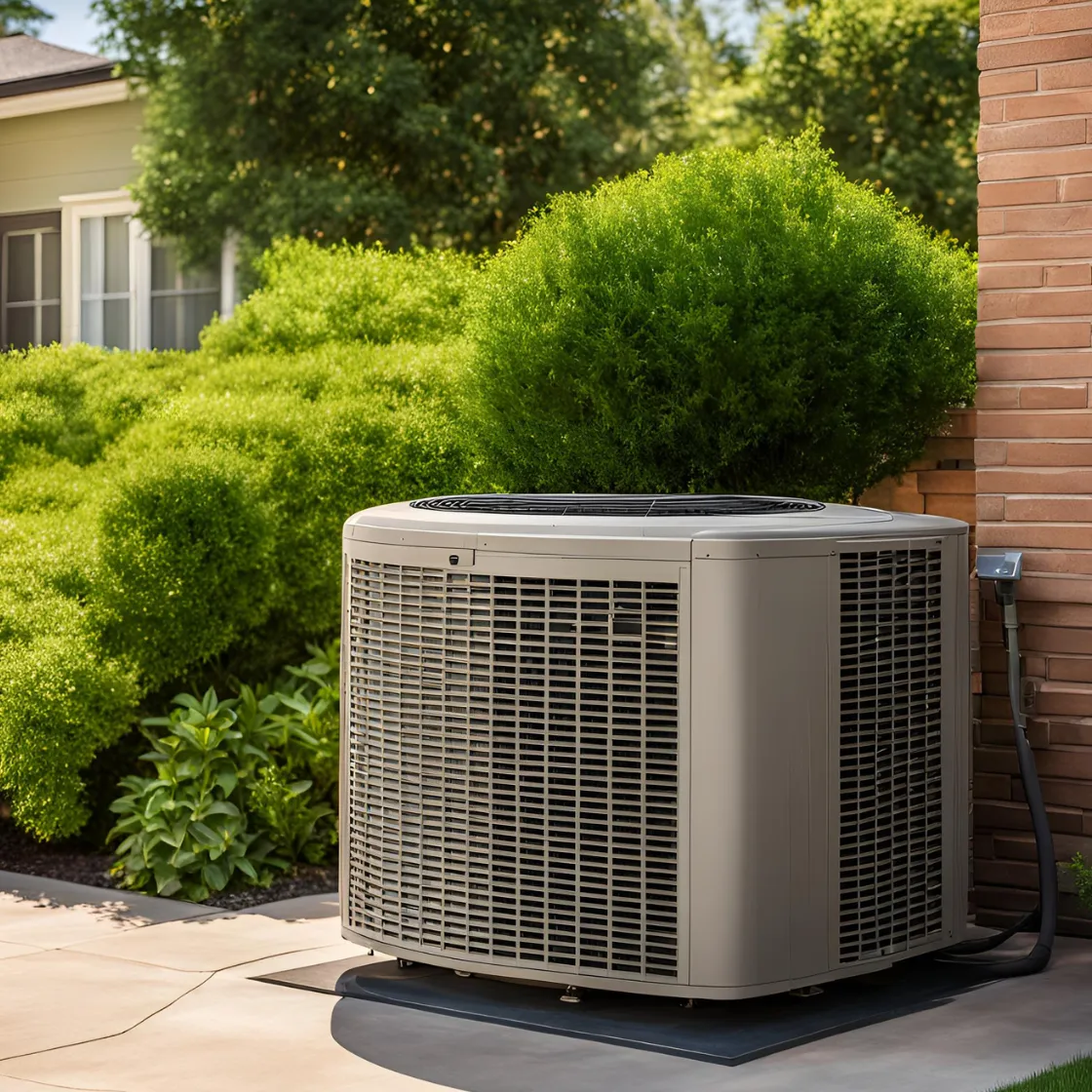
Understanding How Your Air Conditioner Works: Key Components and Tips for Maintenance
Air conditioners are a lifesaver during scorching summers, but have you ever stopped to think about how they work? Inside that metal box outside your house lies a complex system responsible for keeping you cool. In this guide, we’ll uncover the secrets of your air conditioner by breaking down its key components and why they matter.
The Mighty Condenser Unit – Where the Magic Begins
Let’s start from the very beginning – the condenser unit, which is that big outdoor component of your AC system. This unit gets its power from your home’s electrical panel, typically using 240 volts. The electricity passes through a disconnect switch, a safety feature that shuts off power when needed.
Key Components Inside the Condenser Unit
Condenser Coil: This intricate network of copper pipes and aluminum fins is responsible for dissipating heat. Air is sucked in through the side vents and expelled out the top, cooling the refrigerant inside.
Contactor Relay: Acting as an on-off switch, this component is controlled by your thermostat. When cooling is needed, the contactor allows 240 volts to power the compressor and fan.
Run Capacitor: Think of this as your AC’s backup battery, storing power to help start the fan and compressor motors.
Hard Start Kit: This optional component boosts the power needed to start the compressor, improving efficiency and lifespan.
The Dynamic Duo – Compressor & Condenser Fan Motor
The two most critical components of your condenser unit are the compressor and the fan motor. The compressor keeps refrigerant circulating while the fan motor ensures heat is expelled effectively.
Compressor: The powerhouse of your AC, compressing refrigerant gas and sending it through the system. Common types include reciprocating and scroll compressors.
Condenser Fan Motor: This motor drives the fan that cools down the condenser coils, ensuring heat is efficiently removed from the system.
Inside Your Home – The Secret Half of Your AC System
Your air conditioner isn’t just outside—it also has an important section inside, typically near your furnace.
Evaporator Coil (A-Coil): Located above the furnace, this coil absorbs heat from indoor air and dehumidifies it.
Metering Device: This small but mighty component regulates refrigerant flow, ensuring it transitions from high pressure to low pressure as needed.
Blower Motor: Shared with your furnace, this component moves air past the evaporator coil and through the ductwork.
Condensate Drain: This removes collected moisture from your AC, preventing water damage and mold growth.
What About Heat Pumps?
If you have a heat pump, your system has a few extra components, such as a reversing valve (which allows heating and cooling from the same unit) and an accumulator (which prevents liquid refrigerant from entering the compressor).
Final Thoughts
Understanding your air conditioner’s components can help you diagnose minor issues and perform simple maintenance, like cleaning condenser coils or replacing filters. If you notice problems like reduced cooling, higher bills, or strange sounds, knowing these components will help you explain symptoms to a technician.
Need a professional to inspect or service your AC? Contact E & R Heating and Cooling in West Allis, Milwaukee, for reliable service and expert solutions. Our experienced team is here to keep your home cool and comfortable all year round!


